What are the Similarities and Differences Between the GMP and HACCP Standards in a Factory?
What are the Similarities and Differences Between the GMP and HACCP Standards in a Factory in Thailand?
Two crucial, global standards for food manufacturers are the GMP and HACCP standards. These two recognitions analogously aim to improve the quality of food factories and help ensures that your products are of high-quality, harmless, and appropriate for consumers. These recognitions guarantee the highest level of safety in your production, and consumers can confidently consume your products.
Moreover, these food standards- both GMP and HACCP- also enhances your brand image because your products convey as safe and reliable. They also help broaden your markets. With these internationally accepted standards, you can export your goods to foreign countries, and overseas customers can confidently purchase your products.
You may wonder how these two standards are different since both of them adhere to food safety and reliable manufacturing processes. This article aims to illustrate the similarities and differences between the GMP and HACCP standards.
What are the similarities between GMP and HACCP standards in a factory?
Understand the GMP standards.
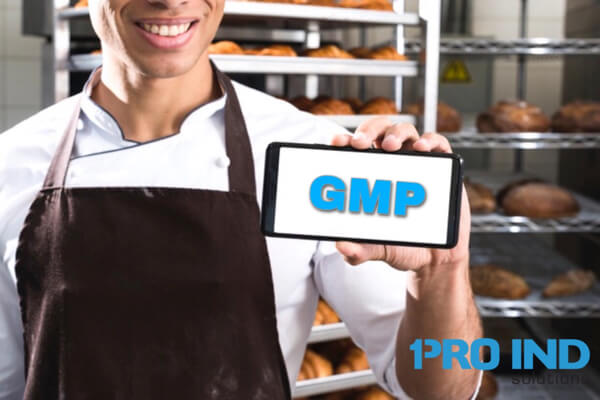
In essence, the Good Manufacturing Practice (GMP) standard covers a broad spectrum of your manufacturing process, which must meet its criteria. It would evaluate the suitability of these six critical areas- your factory location, machines and equipment, production process, sanitation system, maintenance and cleaning routines, and personnel hygiene. The International Food Standards Agency or CODEX has set forth this food evaluation criterion, with various conditions and regulations, to safeguard the health of consumers. We can generalize these conditions in the following areas.
Areas that GMP controls
1. Your factory location- It would evaluate whether your manufacturing facility locates in an appropriate environment for food production. For example, high-pollution areas and communities with poor sewage may fail this basis.
2. Machinery and equipment- They would analyze whether your machines and equipment in the manufacturing process are appropriate and in excellent conditions.
3. Production process- Your production process plays a critical role in the quality and safety of your products. Therefore, they would examine whether your production process is legitimate and safe for end consumers.
4. Sanitation-In this area, they would examine how your sanitation areas are located.
5. Maintenance and cleaning- They expect systematic routinized programs in maintenance and cleaning the machines and tools after you have finished using them in the work process. They would also look at how and where you store these tools.
6. Personnel and hygiene- You staff have to consistently keep their hygiene of the highest standards at all times throughout the entire production stages.
Understand HACCP standards.
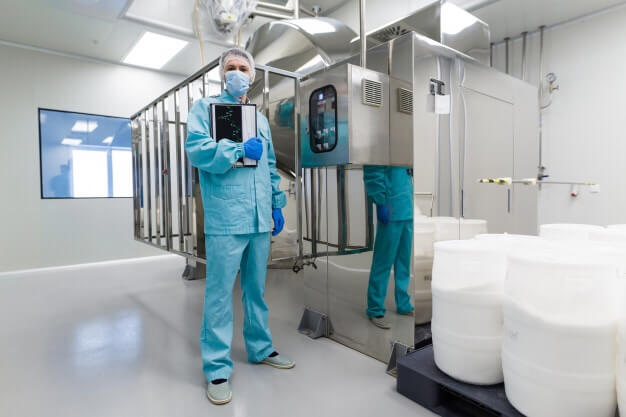
This food standard places its main emphasis on the hazards, which may occur in your manufacturing processes, and actively employ preventive mechanisms to prevent such risks. Also, it would place the highest emphasis on food contaminations by setting critical values (CL), which derive from research-based and field-based factors, to assess and control the elements within the manufacturing processes. Under this system, a team of expertise or relevant agency would prescribe manifest, systematic variables to monitor and control your work operations under closed inspections. Under the HACCP standard, the experts would set and assess these critical CL values to ensure your product’s safety and hygiene.
Steps in the HACCP standard.
1. Hazard analysis- The experts would examine the entire manufacturing process.
2. Find a critical point-The HACCP would locate where your operations are prone to food hazards. Within your activities, the specialists would determine areas, which may cause possible harm to your consumers. They will root out the causes of these dangers. The experts, who can evaluate these CCPs, would process extensive understandings and experiences of your fields.
3. Set critical values: After identifying the areas that demand particular scrutiny in your operation, the experts would set control factors-the critical values (CL) to ensure that your manufacturing process does not stray from the acceptable standard. These CL values derive from various scientific tests and researches, and they adhere to strict food standards and regulations. Only a team of experts can set these CL values.
4. Establish a tracking system to control critical points- This process ensures that your manufacturing methods are continuously appropriate for safe, contamination-free food.
5. Resolve the issues when these vital points are not in the accepted levels. You must carry out corrective actions to eliminate factors that do not meet the prescribed values.
6. Validate that your control mechanisms are following the HACCP standard- This step verifies that your control mechanisms comply with the HACCP standard. This step also involves a series of follow-up tests to check that your operation consistently meets the HACCP standard.
7. Organize and file your related documents, so that you can have concrete evidence to confirm that your operations meet the HACCP requirements.
Similar areas of GMP and HACCP Practices

Both practices aim to create safe, harmless products to the consumers, and they utilize systematic, sceicnctic evaluations to assess your manufacturing processes. The certifications come from proven results in your productions.
Both GMP and HACCP are international standards, which can help customers recognize the reliability and hygiene of your products. Their recognitions help build consumer confidence and elevate the quality of your factory. Whether your business is in whole food, food supplements, food supplies, or raw materials, you can use these two standards to assure the quality of your products.
What are the differences between GMP and HACCP?
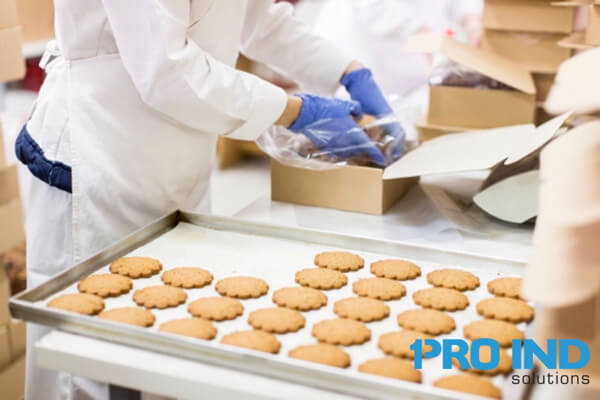
The overall objectives of these two standards are the same- both aim to promote and sustain food safety. Also, both seek to enhance consumers’ confidence and guarantee that your factory and manufacturing practices satisfy the appropriate standards. Yet, the key differences are as following:
1. GMP controls a broader range of your manufacturing process than the HACCP.
The GMP criterion would oversee the holistic picture of your production site. It would control not only the production process but also other elements, such as the location of the factory, its community, its environment, the cleanliness of the factory, the condition of the production site, the production process, as well as your staff.
However, the HACCP would place its central importance on the production process. Its focus would aim to prevent and eliminate dangers caused by biological, chemicals, and physical contaminations. It would analyze and control critical points subjected to these dangers.
2. GMP covers cleanliness more broadly than HACCP does.
If you examine the cleanliness aspects of these two standards, you would quickly realize that HACCP places less emphasis on this factor, while GMP has very detailed specific assessments on cleanliness. The HACCP system would specify the cleanliness requirements only for your manufacturing processes, but the GMP would cover the sanitation of your production as well as that of your staff and equipment. For example, GMP would demand your workforce to clean the body, wash hands, and must be in good health before they can commence work.
3.GMP covers extensive products with distinct criteria.
The GMP standard consists of 2 primary types- general hygiene (general GMP) and specific GMP. These two standards demand different requirements and have distinct assessment schemes. General GMP covers all kinds of food, but specific GMP has unique regulations on certain products. Typically, you would find specific GMP in diary products.
HACCP utilizes a universal set of regulations. Food factories, food supplements, and cosmetics would follow the same protocols and evaluation proceedings.
4.GMP is a legal requirement for food factories.
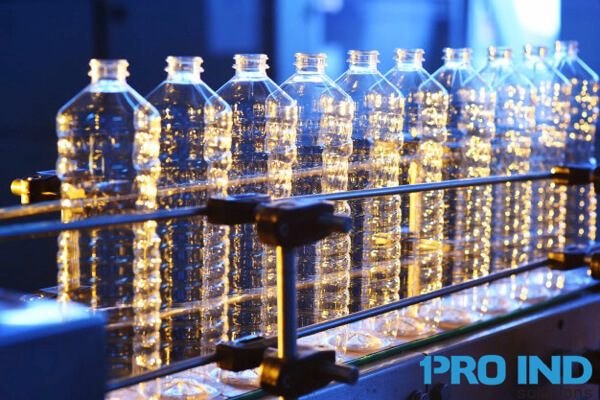
GMP is a legal requirement for food factories. The government agencies command this requirement so that they can ensure the quality and safety of food products. If your business is in manufacturing food, food supplements, or cosmetics, the business operators must obtain the GMP certification.
On the other hand, HACCP is more advanced and specific. The factories that receive this certification seeks to enhance the quality of their operations. This standard is not mandatory by law.
5.GMP is a stepping stone for the more advanced HACCP.
GMP is the necessary quality-controlled certification for food factories. All food factories need this certification. It offers basic guiding principles, which help you prepare you for the more advanced HACCP.
This article illustrates the similarities and differences between GMP and HACCP standards. These global standards ascertain the quality of your products, and customers can purchase your products with confidence. Whether your business operates in food, food supplements, or cosmetics, these two recognitions help you improve your operations and broaden your customer spheres.
If you are interested in renting a high-quality factory in Thailand, please feel free to contact us anytime. Our properties are ideal for food production and can readily meet GMP standards. They have complete functions, and they are in excellent locations. Plus, we support our customers with free repair services throughout the leases as well as a full range of customer support services. Our projects have high-security systems with 24-hour security guards, and CCTVs.
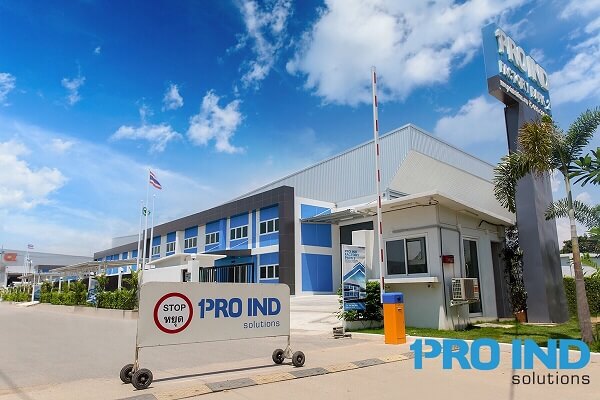
Sources:
You might also like.
- 8 Things to Know About the Revised Thailand Factory Act The new Factory Act came into effect on October 27th, 2019. The government encouraged investment in the industrial sector...
- There are 8 Convincing Advantages of Renting a Factory or a Warehouse. When entrepreneurs establish their businesses or expand their operations, choosing the appropriate factory o...
- 8 Things to Consider in a Factory and Warehouse Rental Contract in Thailand Factory rental and Warehouse rental have become a prominent choice for business people today. Because of...
- Five innovations that PRO IND factories and warehouses for rent use for heat prevention. Global warming is getting worse every year, and Thailand is greatly affected. It has advers...
- There are 5 essential reasons why we should focus on heat prevention inside the factory and warehouse. The hot weather in Thailand does not seem to lessen. From statistics, the te...
- Five reasons examine why the Samut Prakan province did not flood when Thailand's Big Flood in 2011 occurred. When there was a big flood in 2011, Samut Prakan Province was virtual...
- 5 reasons why renting a factory or a warehouse in the Bangna-Trat area is an excellent idea for conducting your business in Thailand. Many people may wonder why they should rent fa...
- 4 Taxes Related to Factory Rentals and Warehouse Rental Currently, many entrepreneurs and business people are renting factories and warehouses for their business operations because...
- 6 Advantages of Setting up your Factory and Warehouse in Samut Prakan When deciding on the area to base your factory or warehouse, surely, Samut Prakarn would come up as one of the...
- 6 Factors in Choosing an Ideal Rental Factory or Warehouse for Your Business. We present six vital factors in determining the right factory or warehouse for your business. Picking ...
- 6 Things to Know about Establishing a GMP Food Factory in Thailand There are strict rules and standards imposed by the government and relevant authorities to adhere to the quality ...
- The Difference between 3-Phase Factory Electricity and 1-Phase Ordinary Electricity What is the difference between 3-phase and 1-phase electrical systems? Which model is suitable f...
- 5 Things you should Know Before Renting your First Warehouse. As your business prospers, you need substantial space to store your products and raw materials. Selecting your first w...
- 10 Features of Excellent Rental Factory and Warehouse Layouts Factory and warehouse layouts are critical to entrepreneurs and business owners' successes in their production. Rentin...
- 6 Advantages of uPVC Windows and Doors for Factory and Warehouse Many customers, who have visited our factory-and-warehouse-rental projects, are delighted with the quality of our d...
- 5 Typical Scams in Factory and Warehouse Rentals Recently, entrepreneurs and business owners are preferring to rent factories and warehouses rather than owning these properties the...
- 3 Benefits of Epoxy Floor Coatings for Factory and Warehouse. Epoxy floor coating is a synthetic rubber that is produced by the chemical reaction between Epoxy and Polyamine combin...
- 10 Effective Ways to Prevent Factory and Warehouse Fires The warehouse and factory buildings are essential to all types of operating businesses. Frequently, they are the businesses...
- 5 Practical Ways to Save Energy in your Rental Factory and Warehouse Modernized factories and warehouses nowadays are undergoing a drastic change: many factories and warehouses are...
- 7 Insights on Lean Management to Reduce Costs and Increase Profit for Factory Operators The lean system (LEAN) is an ideal practice for factory operations. It helps decrease avoida...
- 4 Advantages of PU Roofs for Rental Factory and Warehouse PU Foam insulation is an excellent material for omitting heat transfer into our rental factory and warehouse areas. It com...
- Key Points on Thailand's BOI: Clear Implications for Factory and Warehouse Operators Board of Investment of Thailand (BOI) has the core responsibility in promoting foreign direct i...
- 7 Benefits of Aluminum Composite, and Because of these Reasons, We use it for our Rental Warehouses and Factories. Presently, in the construction materials sector, we frequently no...
- 8 Significant Expenses Related to a Factory and Warehouse Rental in Thailand Renting a factory or a warehouse when you establish your company in a new country is a vital step in yo...
- 8 Questions to Ask When Choosing Warehouse for Rent in Thailand Selecting a suitable warehouse rental is imperative to business success. The current business landscape demands stra...
- Thailand’s Various Rental Warehouse Types and their Purposes This article would distinguish the various warehouse for rent types in Thailand. We can identify a warehouse facility a...
- 4 Safety Dimensions for Factory and Warehouse Operations In successful industrial enterprises, there are many factors that entrepreneurs and plant operators need to consider. Safet...
- Warehouse Management Techniques. How to Practice Warehousing Activities Efficiently for your Business? In manufacturing businesses, warehousing creates substantial financial impact...
- 5 Factors to Consider when Renting a Factory or Warehouse in Thailand Selecting a high-quality rental warehouse or factory is a fundamental step in a successful business establishm...
- 4 Necessary Steps for your Factory and Warehouse Relocation Factory and warehouse rentals have become the current viable choice for business operators because this choice offers ma...
- 5 Things to know about Thailand’s Cold StorageWarehouse for Rent A cold storage warehouse is a warehouse that controls the temperature in the storage area, and the appropriate temp...
- 5 Negotiation Tips for Thailand’s Factory and Warehouse Rental Contracts Selecting a factory and warehouse for rent is an integral part of your business success. In Thailand, succe...
- 7 Things to Know about Establishing a HACCP Manufacturing Facility in Thailand The HACCP system stands for Hazard Analysis and Critical Control Point System. Food production employ...
- 6 Highlights on Thailand’s Factory Clean Rooms Cleanrooms are an essential part of manufacturing sites, which demands high levels of cleanliness. The cleanrooms enable your product...
- 4 Insights on Thailand’s Bonded Warehouse Currently, rental bonded warehouses in Thailand have gained much popularity among business people. Bonded warehouses are especially useful...
- 3 steps to rent a factory and warehouse in Thailand and everything you should know to help you prepare when looking for factories for rent and warehouses for rent. Nowadays, factor...
- 7 crucial factors in choosing a factory and warehouse location in Thailand 7 crucial factors in selecting a rentalwarehouseor factory location in Thailand. This article is relevant...
- 5 things you need to know when choosing a factory for rent and a warehouse for rent in Thailand Quality factories or warehouses for rent can boost the tenant's company image and cr...
- 7 Advantages of Renting Warehouses in Pro Ind Warehouse Park 4 Project Renting a warehouse is a crucial step in managing business inventory, whether for small or large businesses....
- 8 Special Services When Renting a Factory, or Warehouse with Pro Ind Solutions Co., Ltd. At Pro Ind Solutions Co., Ltd., we prioritize the quality of our rental factories, and our ...
- 6 Advantages of Renting an Elevated Warehouse for Rent Choosing an efficient warehouse for rent is a crucial factor that significantly impacts the success of business operations to...


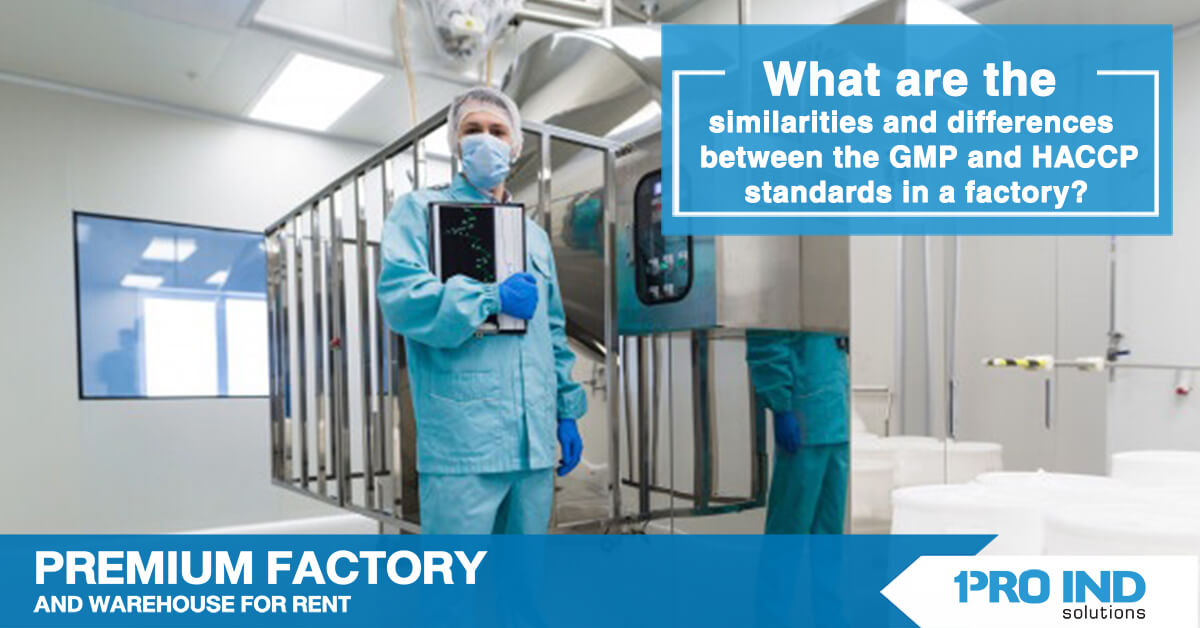
.png)
.png)

